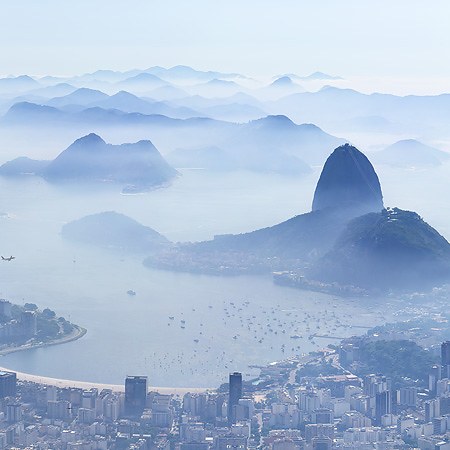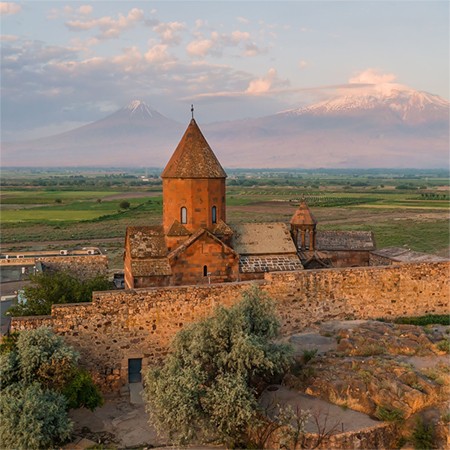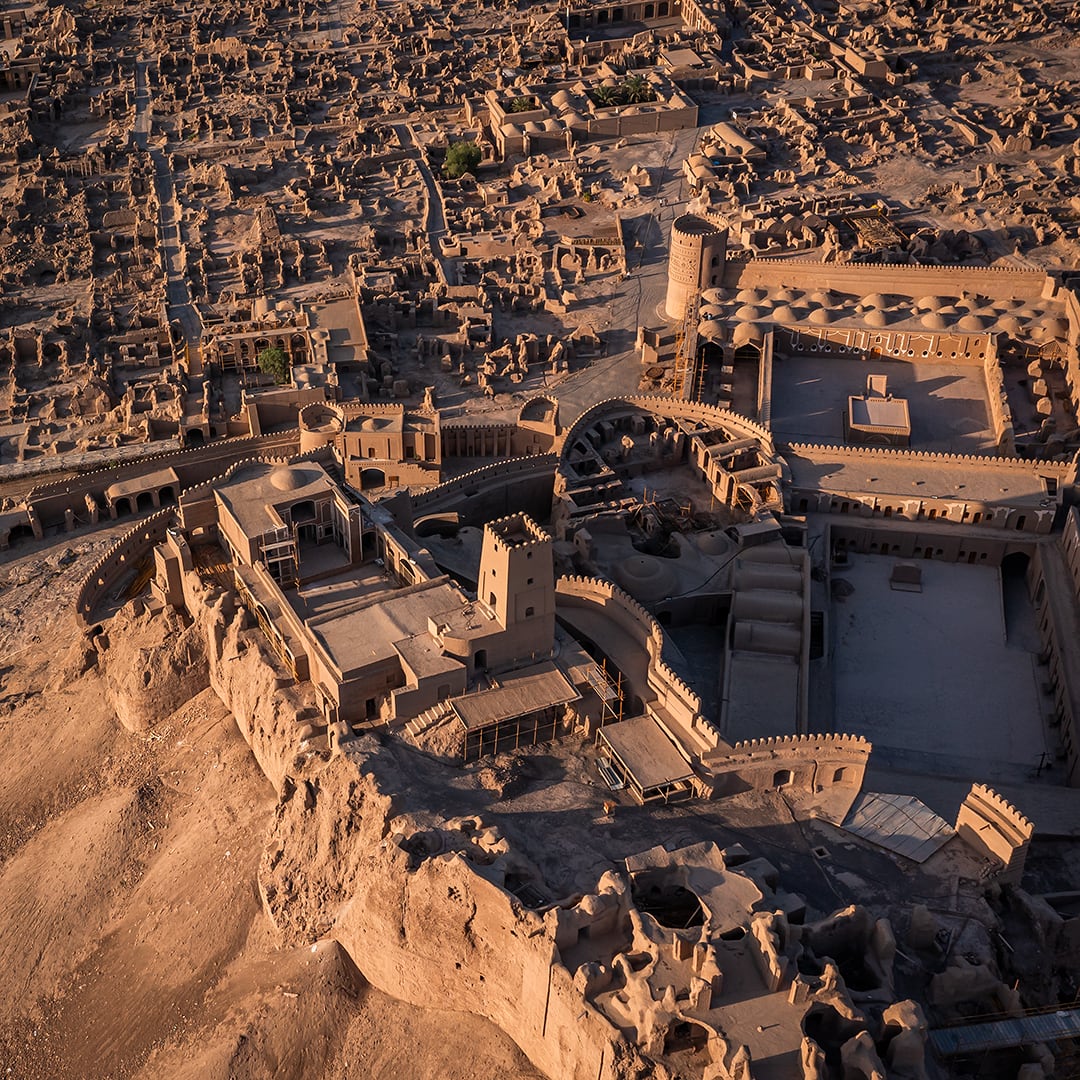Sevan Lake, Sevanavank Monastery, Armenia
The largest body of water in the Caucasus, Sevan, is located in Armenia. It covers an area of 1,240 km² and lies at an altitude of 1,900 meters, surrounded by mountain ranges. About 250 thousand years ago, the eruption of lava from neighbouring volcanoes dammed the valley of the ancient river. It formed a hollow that soon was filled with the meltwater from glaciers.

In ancient sources, Sevan was often referred to as a sea: the area of its water surface was 1,360 km² back then. Now 28 rivers flow into it, and only one flows out - the Hrazdan river, a tributary of the Araks. An underwater rampart divides the lake into two parts: Small Sevan in the west, and Big Sevan in the east. They are connected by a strait more than 5 km wide. Despite the difference in size, it is Small Sevan that contains the largest volume of water: the depth can reach 80 meters here, while the bottom of Big Sevan is flat and no deeper than 30 meters.

Being the largest source of fresh water in the Caucasus, Sevan fell victim to a hydraulic engineering experiment in the middle of the 20th century. There was a plan to lower its water level: artificial tunnels were supposed to redirect its flows for agricultural and other needs. This project was not fully realized, but still, it managed to change the parameters of the lake: now the area of its water surface is about 1,240 km².

The freshwater lake with azure water is absolutely charming. Its coastal relief is diverse: it is covered with both forests and white stone cliffs, mountain steppes and wild pebble beaches. The area around Sevan is a protected area of the National Park bearing the same name, which was created in 1978. The cleanest waters are home to crayfish and endemic fish species, including Capoeta Sevangi and trout. In addition, the largest population of the Armenian gull lives here, and the Tundra swan and other migratory birds stop at the lake during their migrations.

The main man-made attraction of Sevan is the Sevanavank monastery on the north-western coast. It was built in 874 on a small island around two temples that had existed here since the 4th century. Later, the monastery was destroyed, but in the 20th century, it was partially restored. Now it stands on the peninsula: after the water level had dropped by 20 meters, an isthmus appeared.

Now Sevanavank is a functioning monastery and, at the same time, a popular tourist centre and starting point for excursion routes. To get to the monastery complex, you need to climb 200 steps! Two temples were built of volcanic stone and thus they have survived to this day: in Armenia, where tuff was usually used for construction, this kind of building material is a rarity.
There are some other monasteries on the coast of Sevan, Hayravank in the west and Makenis in the south. The part of the coastline where water is freely accessible has become a beach that attracts many tourists. And although the water here is cold for swimming, it is considered a big omission to visit Armenia without seeing the "inland sea".

Let's have an aerial view of this amazing lake and enjoy its various landscapes! We hope you enjoyed your tour made with the AirPano.
Photos and video by Sergey Semenov
10 September 2021
Read more
 Noratus cemetery
Noratus cemetery
 Panorama of the Armenian medieval cemetery
Panorama of the Armenian medieval cemetery
 Sevan stones
Sevan stones
 Medieval cemetery with early khachkars
Medieval cemetery with early khachkars
 Way
Way
 Sevan Lake
Sevan Lake
 Sevan Lake Planet
Sevan Lake Planet
 Sevanavank monastery
Sevanavank monastery
 Sevanavank monastery from above
Sevanavank monastery from above
 Medieval Armenian cemetery
Medieval Armenian cemetery
 Sevanavank monastery
Sevanavank monastery
 Medieval Armenian cemetery
Medieval Armenian cemetery
Virtual Travels in 360°
 Rio de Janeiro, Brazil
Rio de Janeiro, Brazil
 Virtual Tour of Cape Town, South Africa
Virtual Tour of Cape Town, South Africa
 Monaco
Monaco
 Cesky Krumlov, Czech Republic
Cesky Krumlov, Czech Republic
 Amsterdam, Netherlands
Amsterdam, Netherlands
 Maldives. Above and below the sea
Maldives. Above and below the sea
 Northern lights in Iceland. 360 video in 12K
Northern lights in Iceland. 360 video in 12K
 Namib Desert, Namibia
Namib Desert, Namibia
 Angel Falls, Venezuela
Angel Falls, Venezuela
 Mont Blanc, Italy-France. Part II
Mont Blanc, Italy-France. Part II
 Antarctica, Part II
Antarctica, Part II
Show more










